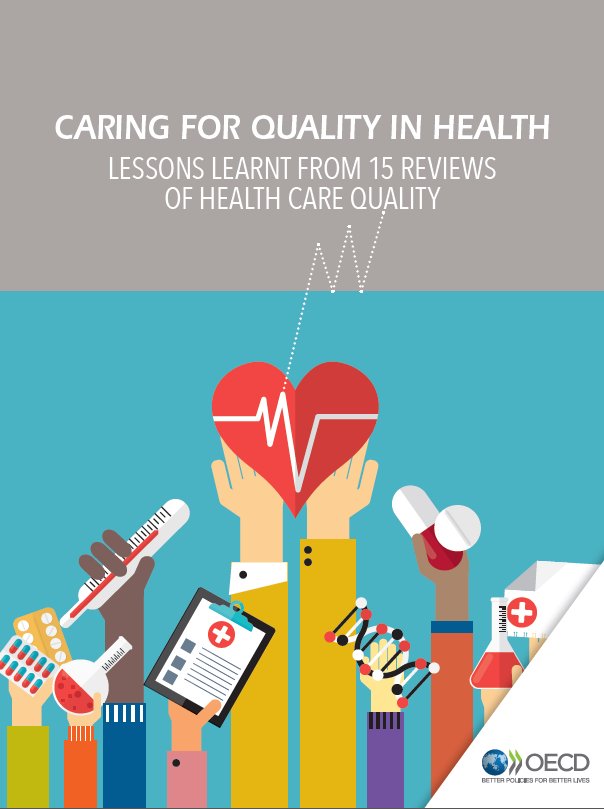An interview in a recent book reviews his works and opinions. Regarding healt economics, he says:
I was asked to study, as a theoretical economist, health care. This was a paper that I regard very highly, one of the best things I ever did. I think I mentioned that in fact, afair amount of my research is the result of people asking me these kinds of questions. I studied Social Choice because somebody asked me a question. A now retired professor, Victor Fuchs, was then at the Ford Foundation, and they wanted to get studies done of social problems. They wanted studies of welfare—in the ordinary sense of the word—of medical care and of education. For each of these areas, they wanted one study by somebody who had worked in the field and one by a theorist, and I’m a theorist who had not necessarily worked with people.
In my case, I was asked to work on medical care. I read up on the literature, and gradually a pattern emerged that essentially the parties know different things. The physician knows a lot that the patient doesn’t, and therefore the patient can’t check on the quality of medical care in the same way we buy a loaf of bread. It’s not like I’ll buy that loaf again. But with medical care, you can’t be sure because you don’t know that much. It’s the same thing between the insurer and the physician or the patient. So I said that with medical care, noneconomic factors, essentially ethical codes, play a role in keeping the system together. But I didn’t have a theory at the time, I just had a statement. It was pretty clear to me that non-economic factors do play a major role. What is considered good practice, that’s what keeps the system going. The trouble is that I’ve seen the limits of economic analysis. I could see one solution, but it was very different from market kinds of solutions. But I did have a theory about it.
When I look at other people, they don’t have theories either, or they have rather vague theories. When I try to impart this to students, of course it’s a very confusing message. That’s one of the reasons I don’t think I’ve been a great teacher. I’ve perhaps had students who did appreciate what I was doing, although they tended to pick up the more technical parts of it. I’m a little disappointed they haven’t tried to tackle the broader picture. If they’re working with it, they’ve done very fine work, going well beyond what I did. So I’d say that would be a rather lengthy answer to your question. I see myself primarily as a scholar, as a thinker about things, trying to enlist others in this thinking. Yes, I think I would say that more so than others.PS. Arrow in my posts



